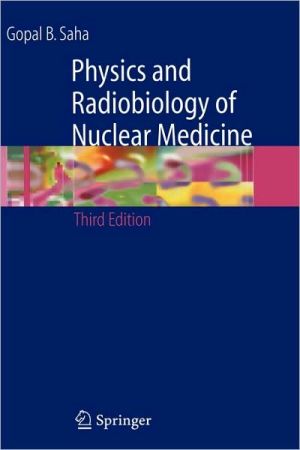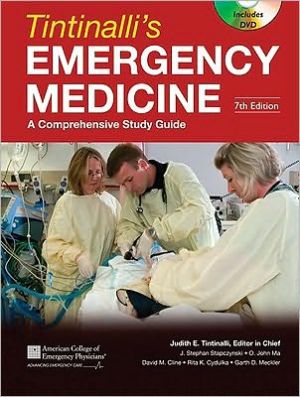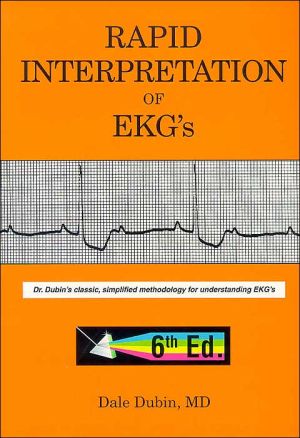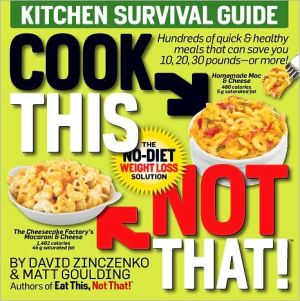Physics and Radiobiology of Nuclear Medicine
This second edition has been throughly updated and expanded, and prompted by the success of the first edition. Supplemented with tables and illustrations throughout the book, each chapter provides the reader with well-delineated descriptions of the different aspects of physics and radiation biology related to nuclear medicine. The last edition was successfull and highly acclaimed, as Dr. Saha made many complex concepts readily understandable for residents, students and practitioners in...
Search in google:
From a noted author comes this new edition for residents, practioners, and technologists in nuclear medicine and radiology. Encompassing major topics in nuclear medicine from the basic physics of radioactive decay to instrumentation and radiobiology, it is an ideal review for Board and Registry examinations. New features in the Third Edition include: statistical tests - the Chi-Square test and the evaluation of diagnostic tests, new chapter on software annd DICOM, extensive updates on SPECT/CT cameras, new chapter entirely devoted to PET, expanded chapter on cellular damage by radiation and on dirty bomb and radiation phobia, new revised NRC regulations William R. Hendee This is an introductory text on the physics that for the basis for the clinical practice of nuclear medicine. It is a second edition; the first edition was published in 1993. The purpose is to introduce the reader to the physics of nuclear medicine. Each year, a new group of physician-residents and technologists prepare for certification in nuclear medicine. This book is intended principally for them and it will serve well as an introductory text for these individuals. The book is intended principally for resident physicians and technologists in nuclear medicine. It also will be helpful to residents in radiology who are required to have a cursory understanding of nuclear medicine. Finally, beginning graduate students in medical physics will find the book helpful in gaining an overview of the physics of nuclear medicine. The basic principles of the physics of nuclear medicine are covered in this book. The title is somewhat misleading, because it suggests that radiobiology receives equal coverage to physics in the text. In actuality, the only radiobiology in the book is a chapter presented to set the stage for discussion of radiation risks and protection standards. There is no coverage of radiobiology at the cellular and molecular levels. The physics chapters in the book are succinct and well-presented. An excellent index is provided, and each chapter has suggested readings, and questions and problems with answers in the appendix. This book is an excellent introduction to the physics of nuclear medicine. Contrary to the title, there is little coverage of radiobiology. Radiology and nuclear medicine physician-residents will gain a solid understanding of an essential part oftheir training with this book. It also will be helpful to technologists studying for certification in nuclear medicine, and to beginning graduate students in medical physics.
PrefaceCh. 1Structure of Matter1Ch. 2Radioactive Decay11Ch. 3Kinetics of Radioactive Decay21Ch. 4Statistics of Radiation Counting34Ch. 5Production of Radionuclides40Ch. 6Interaction of Radiation With Matter51Ch. 7Gas-Filled Detectors65Ch. 8Scintillation and Semiconductor Counters73Ch. 9Imaging Devices95Ch. 10Performance Parameters of Imaging Devices107Ch. 11Tomographic Imaging Devices124Ch. 12Radiation Biology138Ch. 13Internal Radiation Dosimetry158Ch. 14Radiation Protection and Regulations167Appendix A Units and Constants186Appendix B Terms Used in Text188Appendix C Answers to Questions193Index197
\ From The CriticsReviewer: William R. Hendee, PhD(Medical College of Wisconsin)\ Description: This introductory book on the physics of nuclear medicine includes a brief and quite general discussion of the biological effects of ionizing radiation. It is the third edition of a text that the author has provided over the past two decades. It uses a conventional format in addressing the basic physics and instrumentation in nuclear medicine, and includes chapters on counting statistics, radiobiology and radiation regulations and protection. \ Purpose: The purpose is to address the educational needs of residents taking certification examinations offered by the American Board of Nuclear Medicine and the American Board of Radiology. It also is aimed at nuclear medicine technologists studying for the examination offered by the Nuclear Medicine Technology Certifying Board. The book meets these objectives quite well, and can be recommended as useful for candidates studying for their certification examinations. \ Audience: The book meets the needs of resident physicians and nuclear medicine technologists studying for certification examinations. It does not go beyond those needs in explaining emerging frontiers of nuclear medicine physics and instrumentation to practitioners in the discipline. It is a textbook, not a state-of-the-art description of emerging nuclear medicine technologies and instrumentation. The author is a credible authority in the field.\ Features: The author presents concepts and methods in a succinct and clear manner. The clarity of the text is strength of the book. Each chapter ends with questions and problems, and answers to selected questions and problems are provided. A useful glossary of terms accompanies the text, and the index is quite comprehensive. Chapters that have been added or largely rewritten or revised from the second edition include those on digital computers in nuclear medicine, SPECT, PET, internal dosimetry, and radiation regulations and protection. A major weakness is the outdated character of the references, many of which date to the 1970s and 1980s.\ Assessment: Previous editions of this book have served as recommended reading for nuclear medicine physicians and technologists preparing for certification examinations. This book should satisfy similar audiences, and I would have no reservations about recommending it to certification candidates. A third edition is appropriate because the field of nuclear medicine, like most areas of biomedical imaging, is rapidly changing and evolving. Its major competition is Physics in Nuclear Medicine, 3rd edition, by Cherry, Sorenson, and Phelps (Elsevier, 2003).\ \ \ \ \ William R. HendeeThis is an introductory text on the physics that for the basis for the clinical practice of nuclear medicine. It is a second edition; the first edition was published in 1993. The purpose is to introduce the reader to the physics of nuclear medicine. Each year, a new group of physician-residents and technologists prepare for certification in nuclear medicine. This book is intended principally for them and it will serve well as an introductory text for these individuals. The book is intended principally for resident physicians and technologists in nuclear medicine. It also will be helpful to residents in radiology who are required to have a cursory understanding of nuclear medicine. Finally, beginning graduate students in medical physics will find the book helpful in gaining an overview of the physics of nuclear medicine. The basic principles of the physics of nuclear medicine are covered in this book. The title is somewhat misleading, because it suggests that radiobiology receives equal coverage to physics in the text. In actuality, the only radiobiology in the book is a chapter presented to set the stage for discussion of radiation risks and protection standards. There is no coverage of radiobiology at the cellular and molecular levels. The physics chapters in the book are succinct and well-presented. An excellent index is provided, and each chapter has suggested readings, and questions and problems with answers in the appendix. This book is an excellent introduction to the physics of nuclear medicine. Contrary to the title, there is little coverage of radiobiology. Radiology and nuclear medicine physician-residents will gain a solid understanding of an essential part oftheir training with this book. It also will be helpful to technologists studying for certification in nuclear medicine, and to beginning graduate students in medical physics.\ \ \ BooknewsA textbook and study guide for medical residents preparing to take the American Board of Radiology examination, especially those specializing in nuclear radiology. Reviews the fundamental physics of radiology, the instrumentation, radiobiology, dosimetry, and safety regulations. Annotation c. Book News, Inc., Portland, OR (booknews.com)\ \ \ \ \ 4 Stars! from Doody\ \








